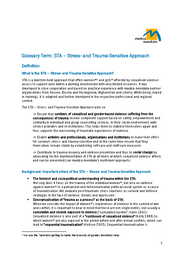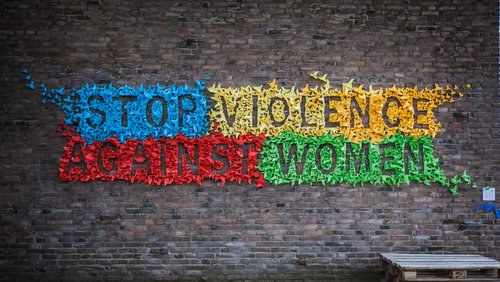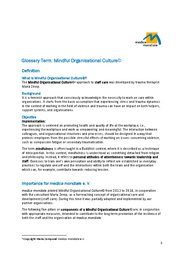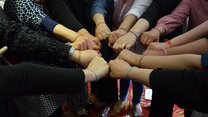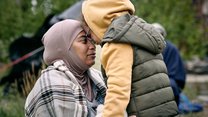Trauma work: What is the Stress- and Trauma-sensitive Approach (STA)?
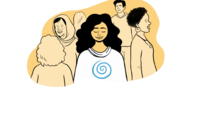
Since 1993, medica mondiale has been assisting women and girls in war and conflict areas who were affected by sexualised violence. In order to ensure expert and trauma-sensitive support, it developed the STA - Stress- and Trauma-sensitive Approach®.
Frequently, women and girls affected by violence will experience feelings of powerlessness and isolation. The basic principles of the STA attempt to counteract these experiences. They provide strength and relief for survivors and also for activists, specialist staff and teams working with those affected.
What does security mean?
“A safe place, trust, familiarity, not being scared anymore (…)”
What does empowerment mean?
“(…) Making them aware of how much strength and power they have, which resources they carry with them, what value they have as a human, so they (re-)gain the confidence to take control of their own life.”
FAQ: STA - Stress- and Trauma-sensitive Approach®
How was the STA developed?
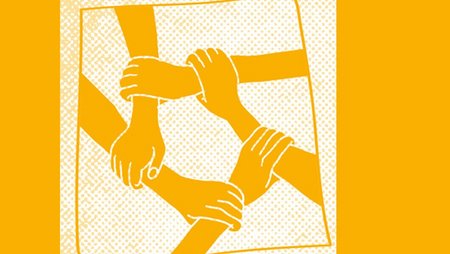
The STA - Stress- and Trauma-sensitive Approach® grew out of close cooperation and practical experiences gained with partner organisations of medica mondiale from Kosovo, Bosnia and Herzegovina, Afghanistan and Liberia. It is passed on in training courses and it is always adapted to the specific working context and regional circumstances.
For example, in Burundi, healthcare professionals such as doctors and nursing staff were trained in the STA - Stress- and Trauma-sensitive Approach® in order to make it possible for them to react sensitively and expertly when treating women who had experienced sexualised violence. The training sessions were carried out by local experts who were trained and mentored by medica mondiale.
How does medica mondiale understand trauma?

medica mondiale has a feminist and socio-political understanding of trauma, that is fundamentally different from a clinical, medico-psychiatric approach.
The clinical approach restricts its view and treatment to the trauma and symptoms of the individual. Our opinion is that an important role is also played by the social, political and societal conditions which the affected person was living in as they suffered the experience of violence.
What role does violence play as a cause of trauma?
medica mondiale identifies violence against women and non-binary people as a cause of traumatisation. This violence is primarily committed within patriarchal and heteronormative societies. We do not consider post-traumatic stress reactions as symptoms of a disease, but rather as strategies for survival and defence when faced with violence, threats and oppression.
What understanding of violence is the STA based on?
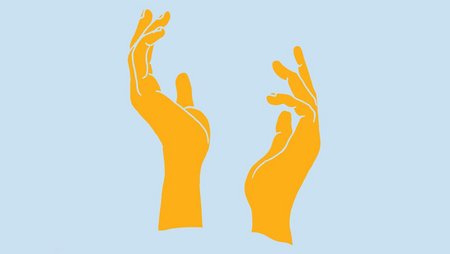
The STA - Stress- and Trauma-sensitive Approach® is embedded in an intersectional feminist identity. An intersectional understanding of violence takes into account how various forms of violence overlap. These include, for example, historical and collective experiences of violence such as racism, heteronormativity or ableism, as well as collective and transgenerational consequences of trauma. Furthermore, the STA considers the different levels at which violence is carried out and has impacts: individual, family/social, institutional, political and societal.
Which occupational groups can apply the STA?
Sexualised and gender-based violence has impacts at the psychological, social, physiological, legal and economic levels. The STA - Stress- and Trauma-sensitive Approach® is a multi-professional approach that offers practical guidance that can be applied by people in all fields of work. Our current training offers are primarily directed towards healthcare professionals, social workers, lawyers, judges, specialists, staff in evaluation and research, students and activists.
What aims does the STA have for survivors of violence?
The STA - Stress- and Trauma-sensitive Approach® is designed to ensure that survivors of sexualised and gender-based violence can receive expert support that is based on security, empowerment, solidarity and connection. It is applicable during counselling sessions, within the social surroundings of the affected people, during the provision of services, and within institutions such as health clinics. Applying the principles of this approach ensures that survivors are helped to stabilise themselves and cope with their violent experiences.
What are the aims of the STA for activists, specialists, organisations and institutions?
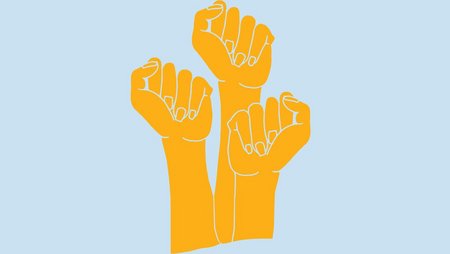
The approach aims to enable activists and specialist staff, organisations and institutions to adapt their offers in a stress- and trauma-sensitive way ensuring they are suitable for people affected by violence and the impacts of trauma. At the same time they learn how to establish practical measures for self-care and staff care to ensure that they remain stable.
What role is played by self-care and staff care with regards to the issue of trauma?
Self-care and staff/organisational care form one of the four basic principles of the STA - Stress- and Trauma-sensitive Approach®. This is important in order to ensure that specialist staff are capable of coping with the dynamics of stress and trauma. Self-care is an issue for the individual but needs to be supported by organisations and line managers (staff care).
What are some examples of self-care and staff care?
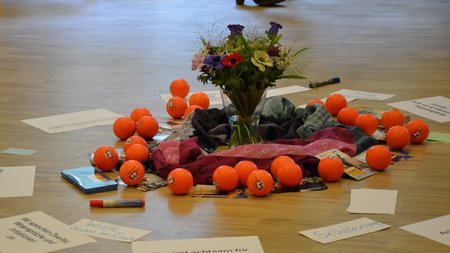
Managers can encourage staff to develop a plan for their own self-care. Organisations can also offer assistance to help their staff take care of themselves, such as relaxation and exercise sessions or group sport activities. Self-care is a fundamental aspect that helps to enhance the emotional strength of the specialists, to protect them and to avoid secondary traumatisation.
“We have started to use the three STA principles more ourselves. This shows in small things. We start our meeting with a praise session, to get into a good mood before we discuss problems.”
What are the aims of STA at the level of society?
medica mondiale is working towards the application of the STA - Stress- and Trauma-sensitive Approach® at all levels where sexualised violence has an impact. In this way we aim to make our contribution to coping with trauma and preventing violence – in other words, a change in society. For this, stress-and trauma sensitivity is not only important during counselling sessions at an individual level, but also during awareness-raising activities in social surroundings, as part of training courses at the institutional level, and within advocacy work at the political level.
What role do politics and society play in efforts to cope with trauma?
We consider violence against women to be a severe violation of human rights. This implies that the responsibility to play an active role lies with everyone and anyone who can have an influence, whether this is on the process of traumatisation, or on ensuring that society acknowledges the suffering of those affected. Responsibility lies with the families of those affected by violence, who are called upon to create a supportive environment, but above all it also lies with communities, municipalities, societies, government, police and the legal sector. All of these need to establish structures and processes which make it possible for those affected to share their experiences and gain justice. This includes taking perpetrators to court.
What are the Basic Principles of the STA?
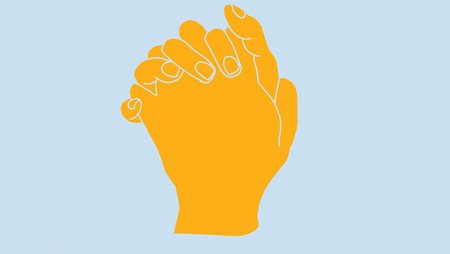
The four basic principles are designed to counteract the psychological and social dynamics which are triggered by the existentially threatening traumatic experiences. They guide practical action and promote a specific attitude towards people affected by violence and also towards oneself as a supporting person.

Implementing the principle of security means reducing any situations that may occur during the provision of support for survivors that could trigger stress or anxiety. Examples of practical measures include transparent and reliable communication, and protection against threats from perpetrators. At the same time, the principle of security as a guideline is also intended to be applied by organisations to support their staff and protect them from the risks of secondary traumatisation which they are exposed to during their work on issues such as sexualised violence.
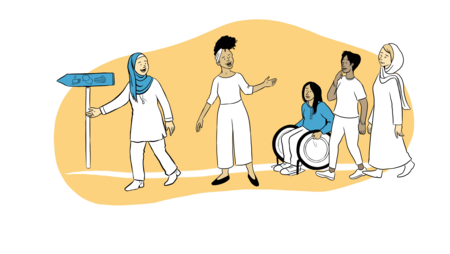
Adopting an empowerment-oriented approach when dealing with survivors of violence means accepting them as active determiners of their own life who can connect with their own dignity and courage, expanding their scope for action – individually and within their relationships, their family and social surroundings, and when dealing with institutions.
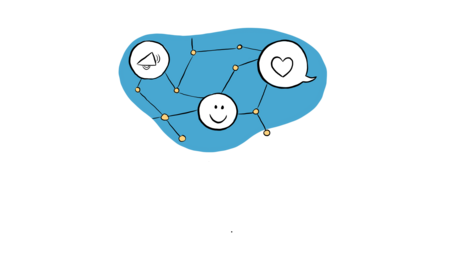
One aim of the direct work with survivors is to strengthen their connection to themselves. Another aim is to enhance the social connection between survivors of sexualised violence in order to help them break out of their isolation. It is also important to enable survivors to start participating once again in their community. For this it is essential to demonstrate solidarity and acknowledge their suffering – individually but also politically and within society as a whole. One example for the lack of societal recognition of suffering is the refusal of the Japanese government to acknowledge and apologise for the collective sexualised violence committed against Korean women known as "comfort women" during World War II.
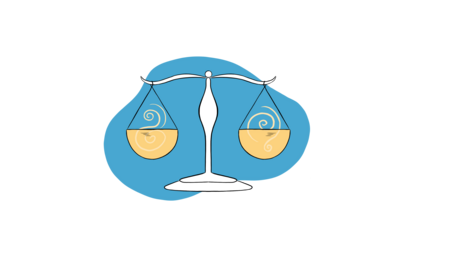
Supporters and their helpers come very close to the suffering of the survivor, so they then suffer indirect traumatic stress. We recognise self-care as a human right and as a feminist act. Whereas individual activists and staff members bear responsibility for their own self-care, groups, organisations and society as a whole bear responsibility for collective self-care: they need to make structures and services available which support the individuals and promote their well-being.
What is the aim of STA training courses?
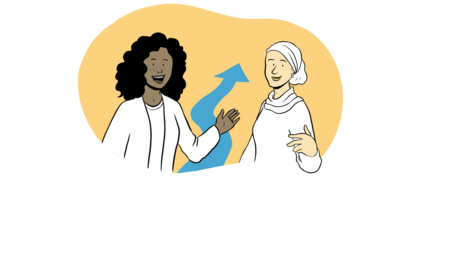
One aim of training courses, mentoring and coaching on the stress- and trauma-sensitive approach is to ensure that specialist staff and activists can maintain their own health and stability. This helps them to continue providing expert help to people suffering from the consequences of violence and trauma, while adopting the STA – Stress- and Trauma-sensitive Approach® in their counselling and support.
What is taught in the STA training courses?
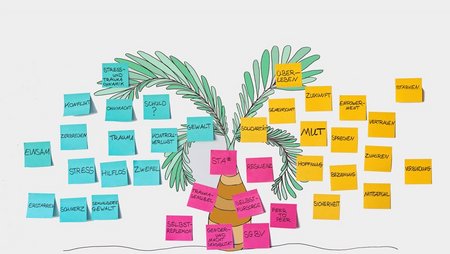
Participants are made aware of the backgrounds to and consequences of violence and trauma. They are trained to recognise signs of stress and trauma and then to apply the principles of stress- and trauma-sensitivity in their own working contexts. The training on offer also sets impulses for the development of a stress- and trauma-sensitive approach, characterised by solidarity and connection in communication and direct dealings with people affected by violence. After all, it is not only important what we do, but also how we do it.
What tools are used in the Stress- and Trauma-sensitive Approach (STA)?

The STA offers practical tools designed to encourage the application of STA principles, contributing to (self-)stabilisation and empowerment. Guides on how to conduct self-care and exercises to identify and mobilise resources will help individuals and groups to regulate and strengthen themselves in particularly stressful situations. medica mondiale can also provide specially adapted STA guidelines for specific working fields. Ideally, these are then trialled in practice in cooperation with the specialist staff and activists, allowing them to be adapted more closely to each context. For example, this was how medica mondiale developed and trialled practical guidelines for empowerment groups for refugees based on stress- and trauma-sensitivity.
What does “Solidarity and connection” mean?
“Feeling connected with other survivors, with counsellors, with other women, and simply with other people is very important to counteract the feelings of being alone, powerless and stigmatised.”
What is meant by “Organisational Care and Self-Care”?
“Improving the relationships among the staff members, empowering each other, building trust, enhancing the quality of our work.”
The STA - Stress- and Trauma-sensitive Approach® in our project work
Example: Stress- and trauma-sensitivity in the context of refugees
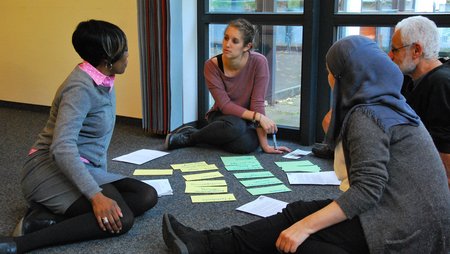
In Germany, training was provided for experts, trainers, full-time employees and volunteers working in counselling points, accommodation facilities and other initiatives with refugees and other people affected by violence, or in public administration. Based on the four STA Basic Principles, the training courses were able to demonstrate noticeable impacts and specific ideas for practical implementation. One example was in a central accommodation facility, where a separate part of the building was opened for single women and an empowerment group was initiated as a “safe space”.
An example: Training healthcare professionals in Burundi
Experts trained by medica mondiale ran training courses for 56 nursing staff at Burundian district hospitals on the issue of stress- and trauma-sensitive counselling in the healthcare sector. These courses included theory sessions, practical support and coaching, which all contributed to the successful long-term implementation of the STA. In this way, the nursing staff learned how to react appropriately and effectively to women seeking medical care in the wake of experiences of violence.
An example: Self-care and organisational/staff care in the Autonomous Region of Kurdistan, Iraq
In a project on self- and staff-care in the autonomous region of Kurdistan in Iraq, medica mondiale commissioned the trainer Maria Zemp to provide training on STA for 40 women working for a partner organisation. The organisation then took STA as a basis and developed its own staff care concept. Alongside structural measures for organisational development, including regular team and planning meetings, this concept also included regular physical exercise for the staff, relaxation sessions and mindfulness training.
